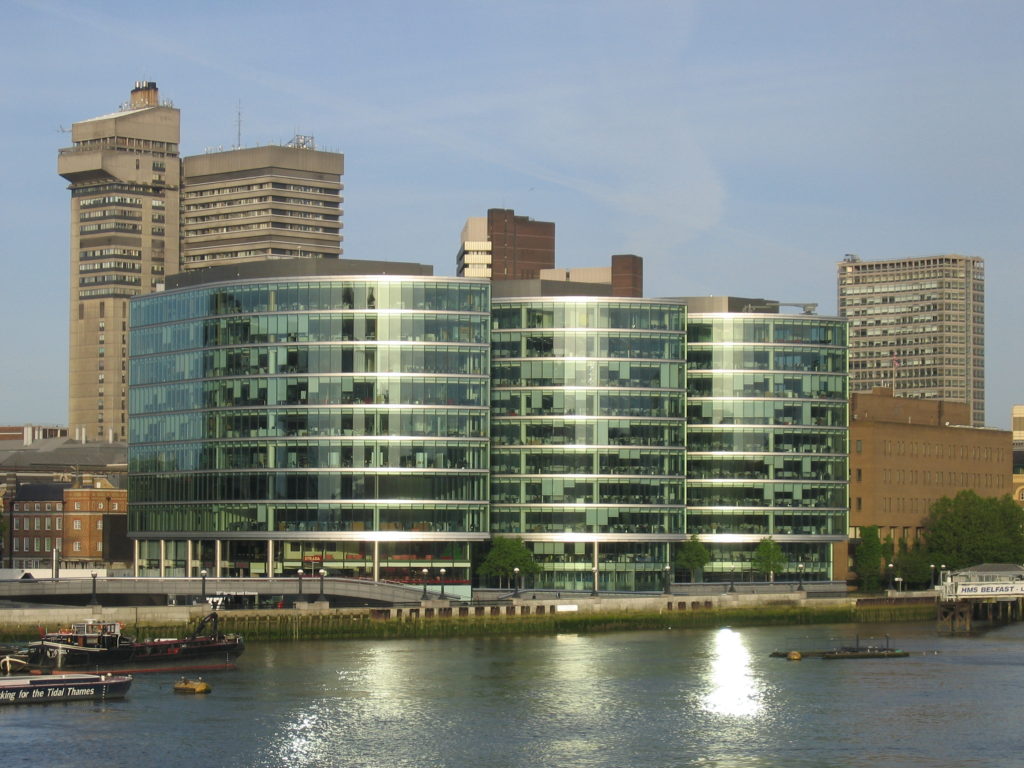- New TUC research reveals that many local authority premises still contain asbestos – including town halls, libraries and leisure centres
- Survey carried out by Labour Research Department (LRD) finds only one local authority in a sample of 31 has removed asbestos from all of its premises
- TUC calls for new legislation requiring removal of all asbestos from public buildings
As newly elected councillors take their posts, the TUC and a group of MPs have today (Friday) warned that thousands of local authority buildings in England still contain asbestos.
The research was carried out by Labour Research Department (LRD) for the TUC and the All Party Parliamentary Group on Occupational Safety and Health.

Asbestos is still the biggest workplace killer according to the Health and Safety Executive, and Britain has the highest rates of mesothelioma cases in the world. But the new research reveals that many local authority buildings – including town halls, libraries and leisure centres – still contain asbestos more than 22 years since it was banned in new buildings.
If you have concerns about asbestos dust at your premises and you need expert advice or support, get in touch today or call 0844 264 0094.
Asbestos report
The survey found a total of at least 2,690 premises with asbestos (excluding schools and housing), owned by a sample of 31 local authorities in England (equivalent to nearly 10% of local authorities).
Only one council in the survey, Chorley Council, had removed asbestos from all its premises.
The TUC says the extent of asbestos presence in the research sample raises concern that the full figure for England could be in the tens of thousands.

Action needed
The TUC is calling for new legislation requiring removal of all asbestos from public buildings, rather than the current policy of “managing” it.
There is no safe threshold of exposure to asbestos fibres – inhalation even of small quantities can lead to mesothelioma decades after exposure. And HSE research has found that only 30% of tradespeople such as plumbers, joiners and electricians were able to understand the correct measures for working safely with asbestos.
This means that where asbestos is still present, it is not safe to assume there will be no disturbances that put working people in danger.
The TUC says the only way we will eradicate mesothelioma in Britain is with a legal duty to safely remove asbestos, and a clear timetable for its eradication. Only then can we ensure that future generations will not have to experience the same deadly epidemic from asbestos-related diseases that we suffer today.
TUC General Secretary Frances O’Grady said:
“Asbestos exposure at work continues to cause thousands of deaths every year. Yet asbestos is still with us in workplaces and public buildings across the country. As a result, more than 22 years after the use of asbestos was banned, hundreds of thousands of workers are still put at risk of exposure every day.
“It’s important that new councillors taking office this month know about this problem. It’s their responsibility to keep the people who use those buildings safe – but they need help from national government too.
“The only way to protect today’s workers and future generations is through the safe removal of asbestos from all workplaces and public buildings. We need national government to work with local authorities on a plan to remove it from every last building.”
Ian Lavery MP, Chair of the All-Party Parliamentary Group on Occupational Safety and Health, said:
“Thousands of people are dying every year of asbestos-related illness, with thousands more being diagnosed. If asbestos is in a building, it will at some point become dangerous if it’s disturbed, so we need plans in place for its removal from all public buildings. The government must provide local councils with enough funding, with an aim to make all public buildings asbestos-free.”
